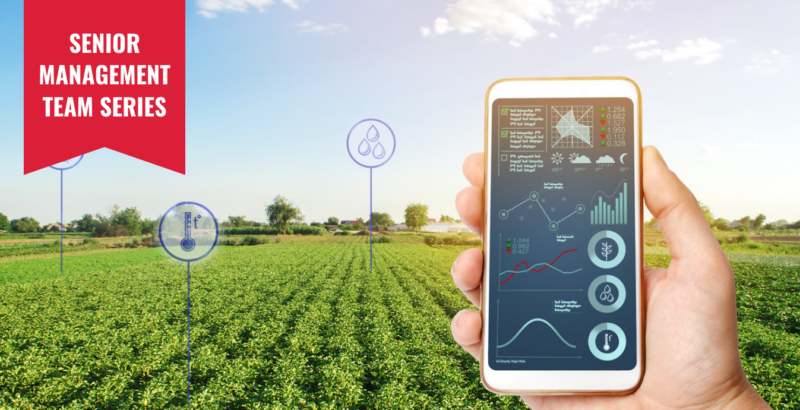Tuesday, June 13, 2023 – The steady evolution of pest management is nothing new. From the dawn of agriculture to the complexity of today’s global food systems, the pest management industry has evolved, shaped largely by the Integrated Pest Management (IPM) model. However, a new era is dawning. Predictive Pest Management (PPM), a seismic shift catalyzed by technology and data science.
IPM, the mainstay of pest management for decades, has focused on using a combination of methods such as biological control, habitat manipulation, and modification of cultural practices, reducing the use of pesticides to a last resort. While this approach has served us well, it often entails reacting to pest invasions after they’ve occurred, essentially, fighting fires.
What if we could predict those invasions before they happen? This is the promise of PPM, a model that revolutionizes our approach to pest management. The best part about PPM is that the ingredients to make this shift possible are at our fingertips.
The technological advancements in machine learning and AI models have sparked the evolution of pest management by harnessing the power of data to predict pest behavior. Pests, much like us, are creatures of habit. They respond to a myriad of biological markers for activity, temperature, humidity, soil moisture, the time of year, and many more. This information is public, constantly updated, and waiting to be harnessed.
Over the past two decades, millions upon millions of data points correlating these biological markers to pest behavior have been recorded. The advent of machine learning and AI models allows us to tap into these reservoirs of data, finding patterns and insights that we could never hope to detect manually.
Imagine being able to anticipate pest problems before they happen. This is the future we are entering. A world where pest management is a science of prediction, not reaction.
PPM will take historical, current, and web-available data and use machine-learning algorithms to predict pest issues before they happen. This is the continuation of decades of painstakingly recorded captures, conditions, and sightings on a handheld; enabling us to foresee infestations and plan targeted interventions accordingly. This shift has profound implications for our industry and the planet.
By knowing when-and-where an issue will occur, we can reduce the need for pesticide application. Reducing pesticides is a massive benefit that cannot be overstated. Every drop of pesticide we save reduces our impact on the environment and improves the health of our ecosystems. Not only is this good for Mother Nature, but it makes great business sense. As regulatory environments tighten, and customers expect pest management to supplement environmental stewardship goals, the value to the customer is hard to fathom.
Finally, PPM increases the value of services provided. The move from a reactive to a proactive stance makes pest management services more efficient and effective, enhancing our client’s trust in our capabilities and willingness to invest in our services. With PPM, the element of surprise from unexpected pest infestations is eliminated. By predicting problems before they arise, businesses can schedule interventions at their convenience, drastically reducing disruption and improving customer satisfaction.
The Predictive Pest Management revolution is here. The future of pest management lies in predictive analytics. We’re on the precipice of an industry transformation that will make our services smarter, more effective, and more sustainable. We’re entering an era where pest management is evolving to a heightened form. It’s an era of technology, data, and unprecedented precision. We are sitting on the doorstep of a radically different future, and I believe the winners in this next phase of our industry will be those who invest early in the technology of tomorrow.
By AJ Treleven, Director of Operations

